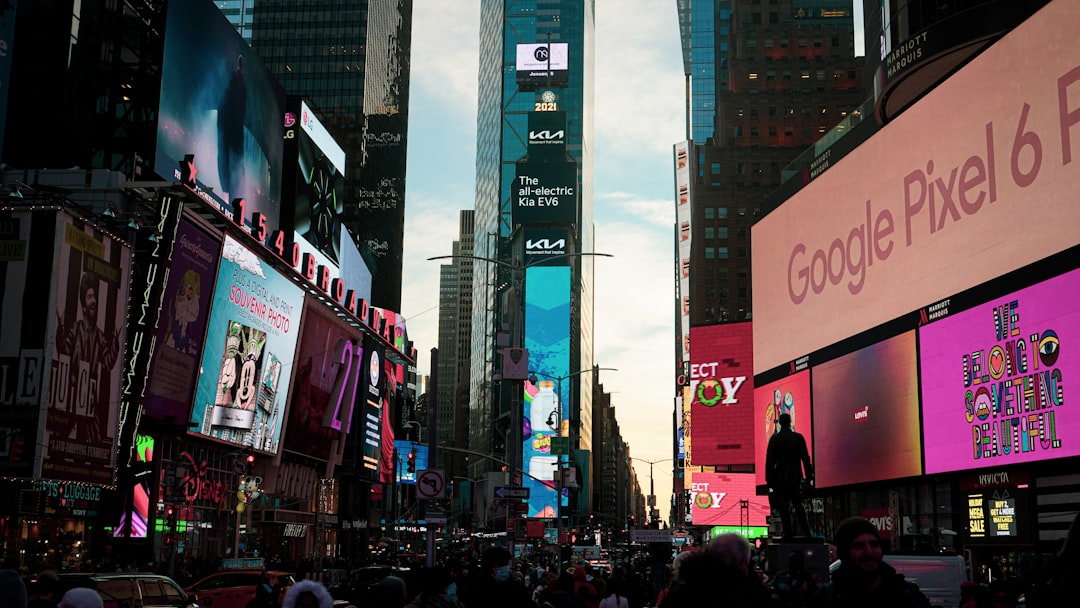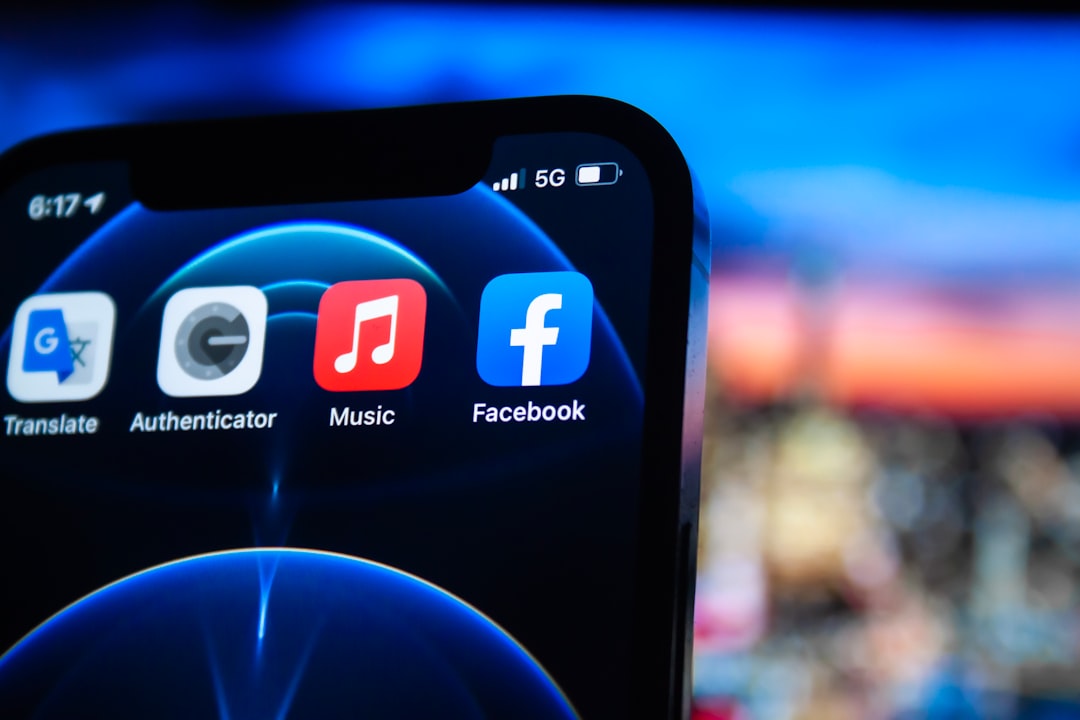For local businesses striving to make an impact in their community, social media advertising holds great promise. Platforms like Facebook, Instagram, and even TikTok offer sophisticated tools for geo-targeting, allowing advertisers to reach potential customers within a few miles of their storefront. However, despite these powerful features, many local advertisers fall into common traps that reduce their return on investment (ROI). Whether due to inexperience, tight budgets, or simple oversight, these mistakes can significantly undermine the success of an otherwise promising campaign.
Understanding the Landscape of Local Social Media Advertising
Unlike national or global campaigns, local advertising calls for a highly focused approach. Success hinges on understanding your community’s specific behaviors, preferences, and challenges. Dismissing these nuances can result in wasted ad spend and poor engagement. Here are several common mistakes to avoid to ensure a higher ROI from your local social media advertising efforts.
1. Neglecting Geo-Targeting Settings
One of the greatest strengths of social media advertising is its pinpoint targeting capabilities. Unfortunately, some businesses either misconfigure their geo-targeting options or ignore them altogether, resulting in their ads being shown to irrelevant audiences. Ads for a coffee shop in Chicago won’t yield much engagement if they’re also reaching users in New York.
Solution: Always set a precise location range based on your business’s geographical reach. Use options like postcode targeting, radius-based targeting, and even local landmarks for accuracy.

2. Failing to Tailor Content to the Local Audience
Posting generic content that could apply to anyone, anywhere, is a common misstep. Local audiences respond better to messages that include mentions of their neighborhood, local landmarks, or community events. In other words, your ads need a local voice.
Solution: Create content that resonates with local culture. Reference community concerns, highlight local partnerships, or feature real customers from your area. This builds trust and increases engagement rates.
3. Ignoring Platform-Specific Strategies
Each social media platform has its own strengths, user behavior patterns, and ad formats. What works on Facebook may fall flat on TikTok or Instagram.
- Facebook: Ideal for targeting older demographics and running events or promotional ads.
- Instagram: Great for visual branding, especially in food, fashion, and lifestyle industries.
- TikTok: Best used for creative, short-form video content aimed at younger users.
Solution: Customize your content and ad format to fit each platform’s audience and advertising tools.
4. Overlooking Mobile Optimization
The vast majority of social media users are accessing platforms through their mobile devices. Ads that don’t load quickly, have hard-to-read text, or require desktop-only actions will likely be ignored.
Solution: Design every ad with a mobile-first mindset. Use large, legible fonts, tap-friendly buttons, and fast-loading graphics.

5. Underestimating the Importance of Visual Branding
A lack of consistent visual branding can diminish your credibility. Poor-quality images, inconsistent colors, or missing logos confuse audiences and weaken brand recall.
Solution: Use high-quality visuals that match your brand colors and style. Incorporate your logo into every ad and maintain visual consistency across platforms.
6. Misinterpreting or Ignoring Analytics
Many small businesses launch ads then fail to monitor their performance—or worse, misinterpret data and make poor adjustments. Without analytics, there’s no way to measure ROI accurately.
Solution: Use the analytics tools available within each social platform. Track key metrics like click-through rate (CTR), cost per click (CPC), and conversion rates. Adjust your campaign based on real-time insights rather than assumptions.
7. Over-Relying on Boosted Posts
Boosting posts can be effective for extending reach, but if overused, they can eat up your budget quickly without yielding much in terms of real conversions.
Solution: While boosted posts have their place, consider using Facebook Ads Manager or similar tools that offer advanced targeting and optimization options. This way, you can fine-tune campaigns based on objectives, not just reach.
8. Ignoring Customer Interaction
Local businesses thrive on relationship building, and that extends to social media. Many advertisers forget that engagement is a two-way street. Unanswered comments, ignored messages, or lack of responsiveness can give a poor impression.
Solution: Monitor and engage with users who comment or message your ads. Answer questions and thank users for interactions to build community trust and loyalty.
9. Failing to Retarget
Retargeting ads allow you to reach people who have previously interacted with your page or website. Ignoring retargeting means you’re leaving out leads who may just need a little nudge to convert.
Solution: Set up retargeting campaigns to remind potential customers of your offers and urge them to take the next step, whether it’s a visit, a purchase, or a signup.
10. Not Setting Clear Campaign Objectives
Running ads without a defined goal makes it difficult to measure success. Whether it’s foot traffic, sales, or brand awareness, each campaign should have a clear objective tied to performance metrics.
Solution: Define what success looks like before launching an ad. Select campaign objectives accordingly within ad platforms, such as “Traffic,” “Leads,” or “Engagement.”
Wrapping It Up
Maximizing ROI in local social media advertising requires a careful blend of targeting, content relevance, platform strategy, and ongoing optimization. While it’s easy to fall into the trap of basic errors, being aware of these common mistakes empowers businesses to sharpen their strategies, reach the right audiences, and achieve measurable returns. By combining engaging local content with platform-specific best practices and consistent attention to analytics, local businesses can turn social media into a high-performing component of their marketing toolkit.
Frequently Asked Questions (FAQ)
-
Q: How do I know which platform is best for my local business?
A: Consider your audience demographic and the type of content you create. Facebook often works for events and general engagement, while Instagram and TikTok are more visual and experience-focused. -
Q: Is a small budget enough to advertise effectively?
A: Yes, if used strategically. Focus on narrow geographic targeting and strong content to maximize limited budgets. Even $5 a day can yield insights and results with correct settings. -
Q: How important are visuals in social ads?
A: Very important. High-quality images and videos can drastically increase engagement and trust. Poor visuals can lead to skipped or ignored ads. -
Q: Should I hire a professional to manage my ads?
A: If your budget allows and you’re short on time or expertise, hiring an expert can improve performance. However, business owners can also be effective with proper learning and tools. -
Q: What’s the difference between reach and engagement?
A: Reach refers to how many people see your ad, while engagement refers to how many interact with it (likes, comments, shares, clicks). High engagement usually indicates more resonance with your content.




